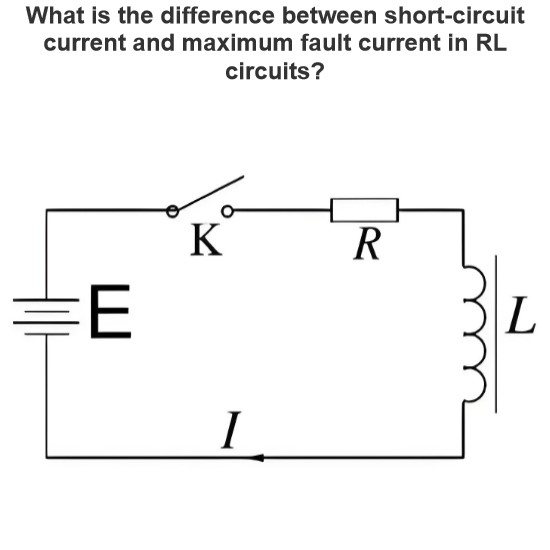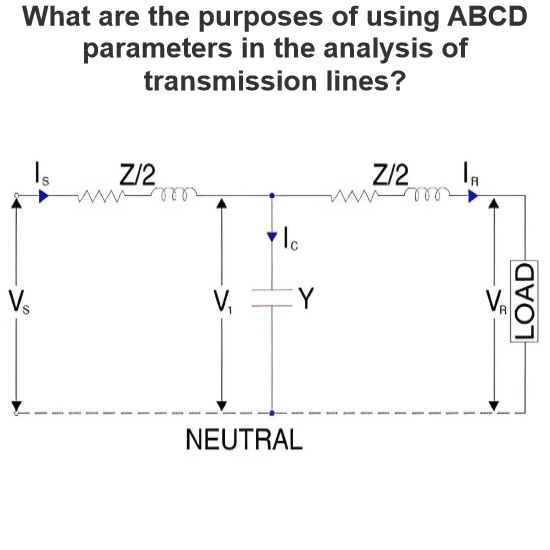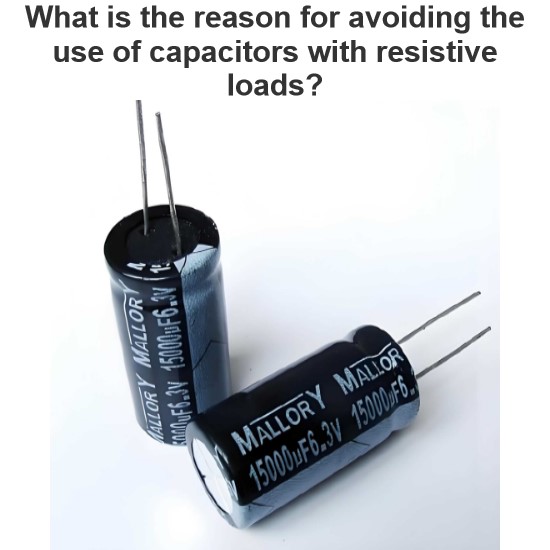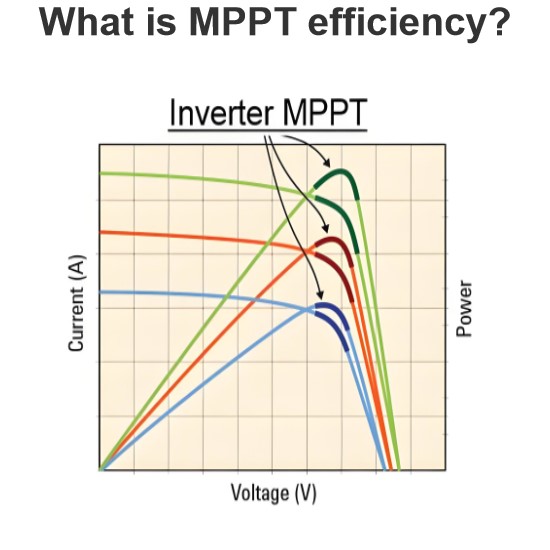How does high temperature affect the performance of a solar cell, and what can be done to improve it?
Effect of high temperature on solar cell performance
Reduced conversion efficiency
For most solar cells (such as crystalline silicon solar cells), their conversion efficiency decreases as the temperature increases. This is because at high temperatures, the internal properties of semiconductor materials such as silicon change. As the temperature increases, the band-gap width of the semiconductor decreases, resulting in more carrier (electron-hole pair) generation under intrinsic excitation. However, these additional carrier recombination probabilities also increase, resulting in a relative decrease in the number of effective carriers that can be collected to the electrode, thereby reducing the battery's short circuit current, open circuit voltage and fill factor, and ultimately resulting in a decrease in conversion efficiency. For example, crystalline silicon solar cells have a temperature coefficient of about -0.4% /°C to -0.5% /°C, which means that for every 1°C increase in temperature, their conversion efficiency decreases by 0.4% to 0.5%.
Shortened life
High temperatures also accelerate the aging process of the materials inside the solar module. In terms of battery packaging materials, high temperature may lead to aging, yellowing, delamination and other problems of packaging film (such as EVA film). For the battery itself, high temperatures may cause an increase in lattice defects inside the silicon wafer, thereby affecting the long-term stability and service life of the battery.
Methods to improve the performance of solar cells at high temperatures
Heat dissipation design
Passive heat dissipation
The structural design of the solar cell module is conducive to heat dissipation. For example, increasing the contact area between the back of the panel and the air, using a material with good thermal conductivity as the backplane of the panel, such as a metal backplane or a composite backplane with high thermal conductivity, makes the heat generated by the battery more easily transmitted to the outside environment. In addition, the packaging structure of the battery component is reasonably designed, and the packaging material with good breathability is used to facilitate heat dissipation.
Active heat dissipation
Forced air cooling devices such as fans can be used. Small fans are installed in the solar array to remove heat from the surface of the battery through forced convection of air. For large solar power plants, liquid cooling systems can also be used, such as the use of water or special coolant circulating in the pipe to carry away the heat generated by the battery module. This method has high heat dissipation efficiency, but the cost is relatively high, and is suitable for large-scale power stations or special application scenarios that require high power generation efficiency.
Material improvement
New semiconductor material
Research and development of new semiconductor materials with better temperature characteristics to make solar cells. For example, perovskite solar cells have relatively good performance stability at high temperatures, and their temperature coefficient is lower than that of crystalline silicon cells. Although perovskite batteries still face some technical challenges, they have great potential in improving high temperature performance.
High temperature resistant packaging material
Development and use of high temperature resistant packaging materials. For example, the use of new polyolefin packaging materials instead of traditional EVA film, this material has better stability at high temperatures, can reduce the impact of aging packaging materials on battery performance.
Optical management and temperature compensation technology
Optical management
The excess heat absorbed by the battery is reduced by optical design. For example, selective absorption coatings or optical reflectors are used so that solar cells only absorb light in a specific wavelength range that can be used to generate electricity, while reflecting light in other wavelength ranges where heat is easily generated, thereby reducing the cell temperature.
Temperature compensation technique
The technology of temperature compensation is used in the circuit design of solar cell. For example, by adding a temperature sensor and compensation circuit to the circuit, the working state of the battery is adjusted in real time according to the temperature of the battery, such as changing the load resistance or applying reverse bias, to reduce the adverse impact of high temperature on the performance of the battery.
The Electricity Encyclopedia is dedicated to accelerating the dissemination and application of electricity knowledge and adding impetus to the development and innovation of the electricity industry.




